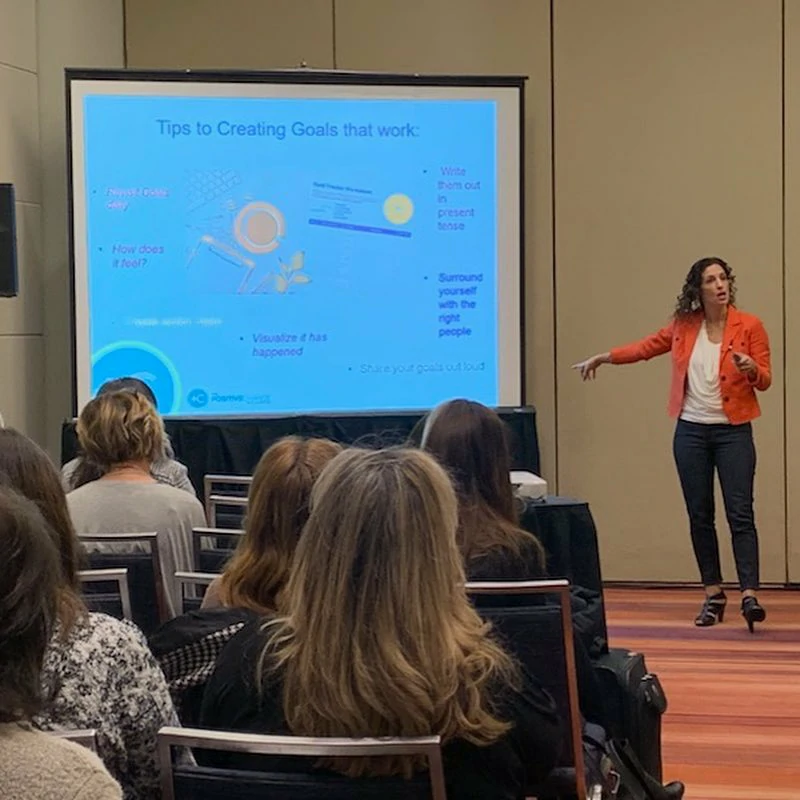Can You Be a Great Leader If You Are an Emotional Person?
We are human which means we all have emotions. It is impossible not to have emotions. The question is, are you a an emotionally healthy leader? Meaning that you are in-tune with your own emotions; you do not suppress them or ignore them, and you know how to emotionally regulate. You are aware of when your triggers come up and are willing to look at them and do the inner work to shift. Our emotions are always acting as guides, telling us when we are in or out of alignment. An emotionally healthy leader is a conscious and impact leader that creates positive ripples. We need more emotionally healthy leaders today.
Five Signs of An Emotionally Healthy Leader
1. They’re Happy When You Succeed and They Give You the Credit
Emotionally healthy leaders understand that their success is intertwined with the success of their team members. They genuinely celebrate your achievements and ensure that you receive the recognition you deserve. They do not feel threatened by your success; instead, they see it as a validation of their leadership. This behavior fosters a positive work environment and motivates team members to continue striving for excellence.
2. They Value Your Opinion
An emotionally healthy leader values diversity of thought and encourages open dialogue. They actively seek out and listen to your opinions, knowing that different perspectives can lead to better decision-making and innovation. By valuing your input, they demonstrate respect and trust, making you feel valued and integral to the team. This inclusive approach helps build a collaborative and supportive workplace culture.
3. They Own Their Mistakes
Leaders who are emotionally healthy are not afraid to admit when they are wrong. They understand that acknowledging mistakes is a sign of strength, not weakness. By taking responsibility for their actions, they set a powerful example for their team, promoting a culture of accountability and continuous improvement. This transparency builds trust and encourages others to be honest about their own mistakes, fostering a learning environment.
4. They Are Actually Happy When You Succeed
Beyond just giving you credit, emotionally healthy leaders take genuine joy in seeing you grow and succeed. They invest in your development and provide opportunities for you to advance. Their happiness for your success is sincere, not just a performative gesture. This genuine support helps build strong, positive relationships within the team and encourages a culture of mutual respect and encouragement.
5. They Do Not Project Their Moods or Stress onto You Because They Know How to Regulate
Emotionally healthy leaders are self-aware and have developed strong emotional regulation skills. They do not let their personal stress or negative emotions affect their interactions with the team. Instead, they manage their emotions effectively and maintain a calm and composed demeanor, even in challenging situations. This emotional stability creates a safe and stable work environment, where team members feel secure and focused on their tasks without the added pressure of dealing with a leader’s unpredictable moods.
Emotionally healthy leaders create a positive, inclusive, and supportive work environment by celebrating your successes, valuing your input, taking responsibility for their actions, genuinely supporting your growth, and regulating their emotions effectively. These qualities not only enhance team morale but also drive better performance and overall organizational success.
To do a personal deeper dive into this by booking a complimentary discovery call for Julie’s executive leadership coaching program. Link HERE
by Julie Cass











